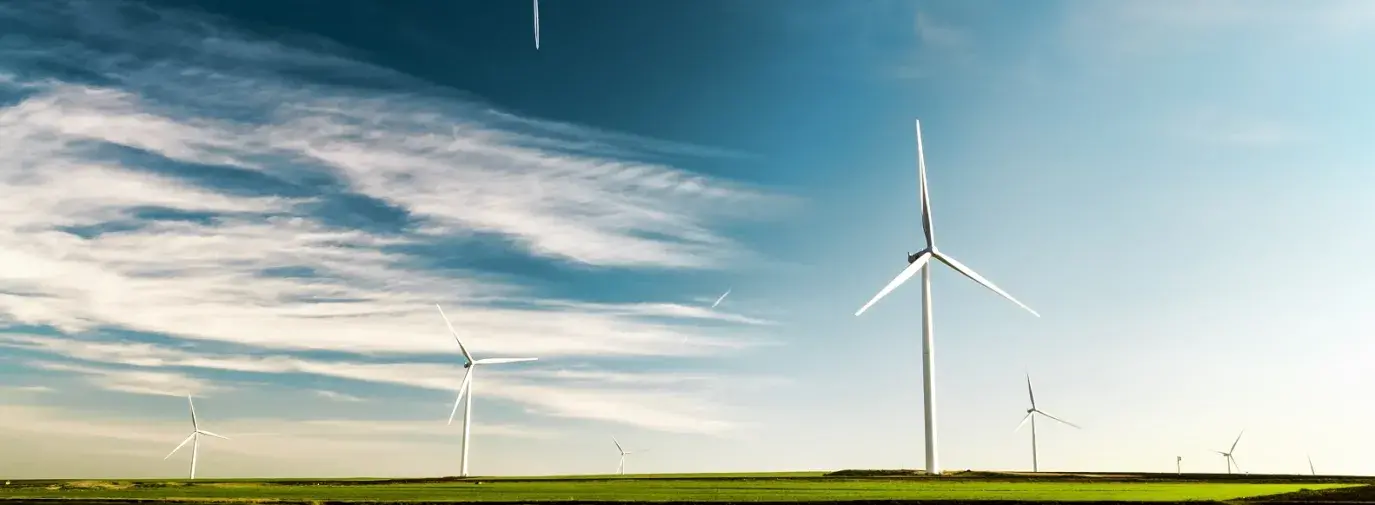
Green America brings together consumers to pressure major polluters to take the climate crisis seriously. We also help individuals tackle climate change in their own homes and communities. Here are ten ways you can fight climate change and even contribute to an equitable, green economy!
1. Eliminate Food Waste
Food waste in the US occurs mostly in stores and at home—either because it spoils on the store shelf or before we can eat it. According to an NRDC study, Americans throw away up to 40 percent of the food they buy. We can combat food waste by shopping for what you need, eating leftovers, composting scraps, and donating excess to food banks. You can find a local food bank at FeedingAmerica.org. Project Drawdown estimates that curbing food waste could avoid a whopping 70.5 gigatons of CO2—that’s a bigger impact than restoring 435 million acres of tropical forest.
2. Eat Plant-Based
Transitioning to a vegetarian diet can cut your carbon footprint in half, and going vegan, even lower. Even shifting from high to low meat consumption can shrink your footprint by a third, according to a University of Oxford study. If half of the world’s population reduced meat consumption and avoided the associated deforestation caused by agriculture, we could reduce carbon emissions by 66 gigatons.
3. Use Clean Energy
Renewable energy is fundamental to powering the world as we move away from fossil fuels. Modeled after World War II “war bonds,” Clean Energy Victory Bonds—a bill introduced to Congress by Sen. Udall (D-NM), Reps. Lofgren (D-CA), and Reps. Matsui (D-CA)—would offer Treasury bonds as low as $25 to finance the government’s clean energy programs. Ask your representatives to support this bill to make Clean Energy Victory Bonds a reality. Additionally, you can purchase renewable energy from installers such as Blue Pacific Solar and RGS Energy, as well as plug into renewable utilities with Clean Choice Energy and Arcadia Power, which don’t require you to install any new hardware in your home to get sun- and wind-power.
4. Participate in the Democratic Process
Climate change has implications on local, national, and global levels. While the average person isn’t responsible for governing a nation, we are responsible for deciding who does. Vote for a climate activist, support comprehensive climate policies, and use your citizen voice to contact legislators when you disagree. The results of upcoming elections will determine how Americans and their elected leaders grapple with catastrophic climate change.
5. Divest
The largest source of greenhouse gas emissions come from fossil fuels. Divesting means taking your money out of institutions that fund fossil fuel expansion, which could eventually dry up funding to those projects. So far, the fossil fuel divestment movement has removed $9.94 trillion dollars from fossil fuel companies because of institutional divestments and $5.2 billion thanks to 58,000 individual divestments. You can build a fossil-free portfolio with our nationwide network of socially-responsible investing financial advisors which you can find on GreenPages.org, through our list of financial products and services, and by encouraging your faith organization or alma mater to divest.
6. Improve Insulation
One of the most cost-effective and accessible tactics to combating the climate crisis is better insulation. Older homes can lose up to 35 percent of heat through their walls. Modern insulation reduces the energy needed to heat a home, therefore reducing emissions and saving you money. If even half of existing buildings installed thicker insulation, 8.3 gigatons of emissions could be avoided—that’s more than overhauling efficiency for the entire international shipping industry.
7. Use LED Lighting
LEDs (light-emitting diodes) use 90 percent less energy than incandescent bulbs and half as much as compact fluorescents. They convert electrons to photons, effectively using electricity to create light without giving off heat, which wastes energy. Switching your home to LED lights will reduce cooling bills. They also last longer than other bulbs, so choosing them will bring long-term savings. According to Project Drawdown, universal adoption of LEDs could prevent 7.8 gigatons of carbon emissions.
8. Rethink Transportation
Overhauling the world’s transportation systems, both commercial and personal, would save as much CO2 as one billion acres of regenerative agriculture. Commercial trucks alone account for six percent of the world’s emissions—more than the collective emissions of airplanes around the globe. While individuals can’t revolutionize the shipping, flight, and automobile industries overnight, we can demand they change by voting with our dollars for public transit, using electric or hybrid vehicles, and reducing our total trips taken.
9. Recycle
Acquiring virgin resources—from logging trees to mining minerals—exploits more resources than recycling existing materials. For example, recycled aluminum products use 95 percent less energy than creating new ones. About 50 percent of recycled materials come from households; if that number were to increase to 65 percent, at-home recycling could prevent 2.8 gigatons of carbon emissions. However, recycling wrong can slow the system and create more waste, so be sure to rinse out your recyclables and stay up to date on local regulations to make sure what you recycle isn’t causing contamination.
10. Buy Less
Choosing to buy less or not at all is the original mantra for saving money. Add “refuse” to the three Rs you’ve already heard of: Reduce, Reuse, Recycle. Additionally, when you don’t buy, you cut down on the amount that you contribute to landfills. The carbon footprint of refusing is hard to calculate because it varies from person to person, but tools like footprintcalculator.org can help you determine your current ecological footprint and offer actionable solutions for change, including buying less.
Steps and impact numbers are adapted from Project Drawdown, a research organization that reviews, analyzes, and identifies the most viable global climate solutions.







